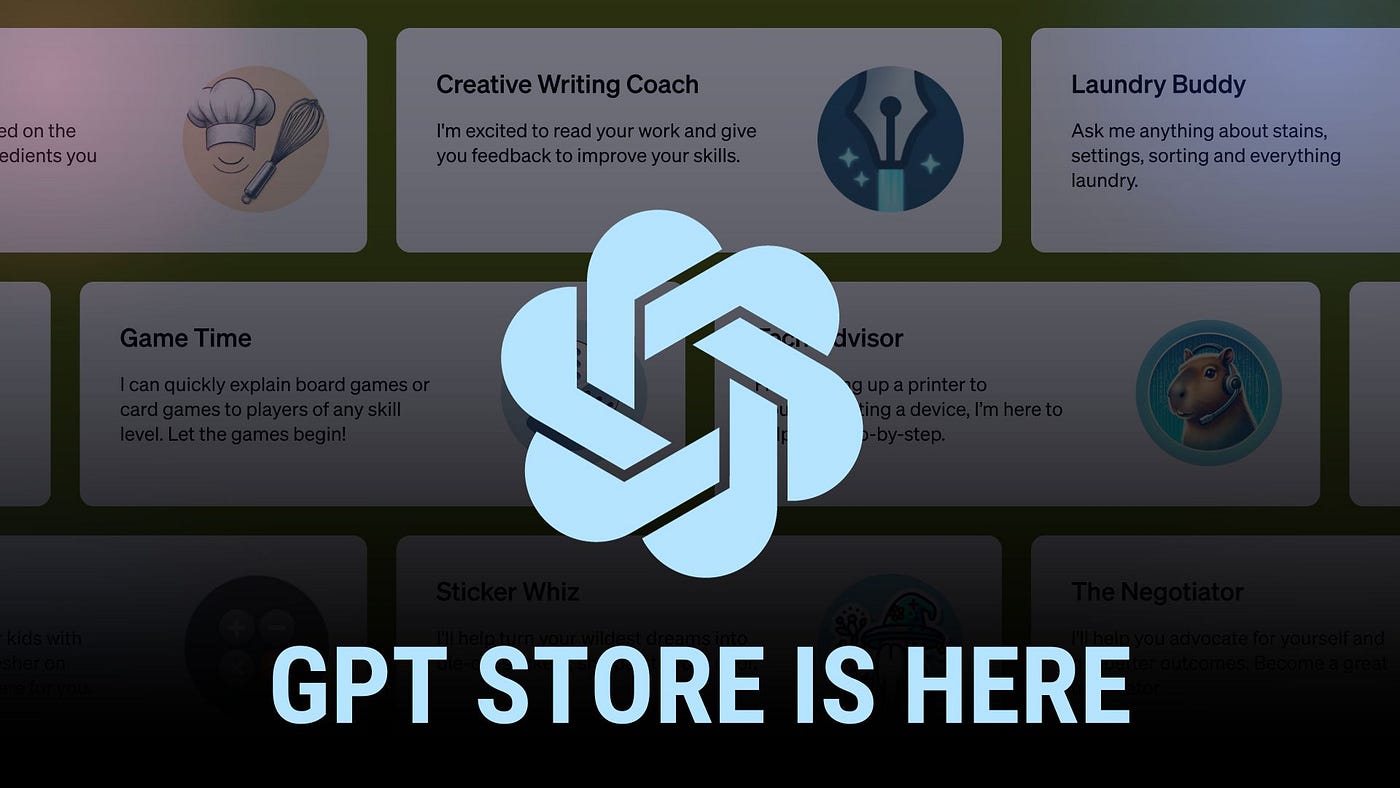Entrepreneurs and leaders constantly grapple with pivotal choices that shape the future of their businesses. In this context, Bono’s “Six Thinking Hats” technique proves to be a powerful tool for guiding strategic thinking.
The Brain with Six Hats
Developed by creative thinker Edward de Bono, the Six Thinking Hats technique is an innovative approach that encourages systematic and holistic thinking. Each “hat” represents a different mode of thinking, providing a comprehensive perspective on a problem or decision.
- White Hat – Facts: The wearer of this hat focuses on available facts and information. It’s the hat of neutrality, aiming to gain an unbiased understanding of the situation.
- Red Hat – Emotions: Here, the emphasis is on feelings and intuitions. Wearers of this hat freely express their emotions and gut reactions without the need for rational justifications.
- Black Hat – Critique: The black hat represents critical judgment. Wearers critically examine the risks and weaknesses of a decision or idea, contributing to a realistic assessment.
- Yellow Hat – Optimism: In contrast to the black hat, the yellow hat focuses on the positive aspects. Wearers explore potential benefits and opportunities associated with a decision.
- Green Hat – Creativity: The green hat encourages creative thinking. Wearers generate new and original ideas without initial judgment. It’s the hat of innovation.
- Blue Hat – Process Management: Finally, the blue hat is the hat of process control. Wearers manage how thinking is conducted, ensuring each hat is used in a balanced and productive manner.
Application in the Business World
Implementing the Six Thinking Hats technique can add significant value to various aspects of management and decision-making. Firstly, in critical strategic decision-making, this methodical approach provides a framework for leaders to examine every facet of a complex situation. By integrating both logic and intuition, decision-makers can broaden their perspective, thoroughly evaluating the implications of each option. This contributes to more informed and balanced decision-making, avoiding pitfalls of one-dimensional vision and promoting a holistic approach to strategic challenges.
Similarly, the Six Thinking Hats technique is particularly effective in solving complex problems. When faced with challenges requiring in-depth analysis, teams can adopt this approach to address issues from different angles. Each “hat” represents a specific perspective, stimulating creativity and diverse ideas. This process maintains a delicate balance between constructive criticism and optimism, encouraging thorough reflection while avoiding groupthink traps.
Finally, the Six Thinking Hats technique can transform team meetings into more productive and structured moments. Instead of circling without concrete results, participants can use the six hats to focus on specific aspects of the problem at specific times. This helps avoid endless debates and steers the discussion toward clear objectives, fostering more efficient meetings oriented toward tangible solutions.
Practical Example: Six Hats in Launching a New Product
Consider a company contemplating the launch of a new product in the market.
- White Hat: Analyze market data and production costs.
- Red Hat: Express feelings and intuitions about the potential reception of the product.
- Black Hat: Critique potential risks such as increased competition or negative customer feedback.
- Yellow Hat: Enumerate possible benefits such as market expansion and revenue increase.
- Green Hat: Generate creative ideas for marketing and product design.
- Blue Hat: Plan the launch process, defining key steps and responsibilities.
Tools and Tips for Implementation
- Online Collaboration Platforms: Use online collaboration tools like Miro, Trello, or Microsoft Teams to facilitate remote participation. These platforms allow geographically dispersed teams to contribute simultaneously using the different “hats.”
- Structured Sessions: Plan specific sessions for each hat to maintain focus on a particular aspect of the problem or decision. This avoids confusion and ensures in-depth exploration of each perspective.
- Visual Recording: Use interactive whiteboards or online drawing software to visually record ideas generated at each stage. This provides a clear visual reference for subsequent discussion and decision-making.
- Integration with Other Problem-Solving Methods: Combine the Six Thinking Hats technique with other problem-solving methods, such as the Ishikawa diagram (fishbone diagram) or the 5 Whys, for a more holistic approach.
- Scenario Use: Encourage the team to explore different scenarios under each hat. This can help anticipate potential outcomes and make informed decisions based on solid information.




